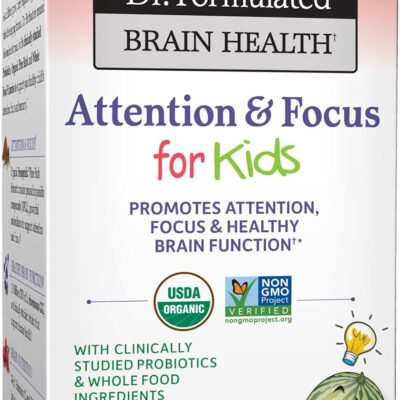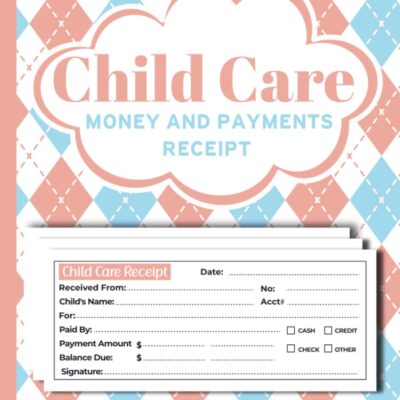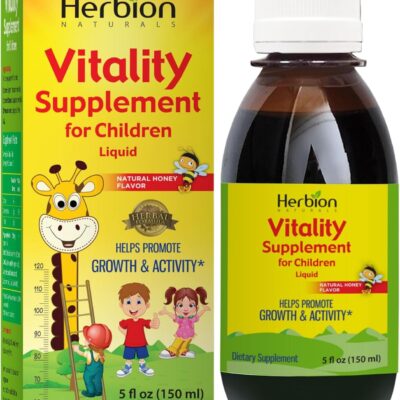
Breastfeeding and formula feeding your baby is one of the most important aspects of parenting, but it can also be confusing with so many options available. Some parents exclusively breastfeed, others opt for formula feeding, and many combine both. Whatever route you choose, the key is finding what works best for you and your baby. This guide is here to help you understand the advantages of formula feeding and nursing as well as how to successfully combine them to ensure your baby is well-fed and happy.
Benefits of Breastfeeding
Breastfeeding and formula feeding is often considered the best option for infant nutrition, and it has incredible benefits for you and your baby.
- Breast milk is like nature’s perfect baby food, crammed with all the minerals, vitamins, and essential your baby needs. It even changes as your baby grows, adapting to their needs. On top of that, it contains antibodies that help protect your little one from infections and illnesses.
- There’s something extraordinary about breastfeeding—it’s not just about nutrition but also about creating a close, intimate bond with your baby. The skin-to-skin contact and the closeness you share during breastfeeding can help you feel comforted and connected.
- One of the great things about breastfeeding Your milk is always at the ideal temperature and ready and it doesn’t cost a thing. You never have to worry about running out of milk at home or on the go!
- Breastfeeding comes with long-term health benefits. In newborns, it can lower their risk of ear infections, respiratory illnesses, and even obesity later in life. For moms, breastfeeding can help you recover faster after childbirth, reduce the risk of certain cancers, and even help with postpartum weight loss.
Benefits of Formula Feeding
While breastfeeding is fantastic, formula feeding also has benefits, and many families find it the right option.
- A major benefit of formula feeding is that it allows other family members to participate in feeding. Whether it’s your partner, grandparents, or a babysitter, formula feeding gives everyone a chance to help.
- If you’re out and about or returning to work, formula feeding can be a lifesaver. You can pack bottles of formula when you’re on the move, and it’s easy to prepare, especially when breastfeeding may not be practical.
- When using the formula, tracking exactly how much your baby is drinking is easier. This can be reassuring if you’re concerned about your baby’s intake, as you’ll know they’re getting the right amount of nutrition.
- One thing many moms enjoy about formula feeding is the freedom to eat what they want without worrying about it affecting their baby through breast milk. It’s one less thing to think about!
Combining Breastfeeding and Formula Feeding
Many parents find that combining breastfeeding and formula feeding—known as “combination feeding”—gives them the best of both worlds. It allows babies to enjoy the benefits of breast milk while giving parents more flexibility.
-
Why choose combination feeding?
- Some moms may have trouble producing enough breast milk, making formula a helpful supplement.
- Returning to work or having a packed calendar can cause exclusive breastfeeding difficult, and formula can fill the gaps.
- For some, combination feeding offers a more convenient routine, allowing more flexibility when it comes to feeding.
-
How to introduce formula alongside breastfeeding
- The key is to go slowly. Change one nursing session for a bottle of formula first. This slow approach lets your infant have time to adjust while keeping your milk supply steady.
- Try offering formula during the afternoon or evening, as many moms find their milk supply is lower at these times.
- Be patient—some babies may take a little time to get used to the formula’s different taste and texture.
-
Avoiding nipple confusion
- Some babies may struggle with switching between breastfeeding and bottle-feeding, known as nipple confusion. To help prevent this, use a slow-flow bottle nipple that mimics breastfeeding.
- Keep breastfeeding regularly to ensure your baby stays familiar with both methods.
-
Maintaining milk supply
- If you plan to replace more breastfeeding sessions with formula, do so gradually. This gives your body time to adjust and reduces the risk of engorgement.
- To keep your milk supply up, try pumping during missed breastfeeding sessions. Pumping can help signal your body to keep producing milk.
Creating a Feeding Schedule
Once you combine breastfeeding and formula feeding, having a feeding schedule can help you balance both methods effectively.
-
Sample feeding schedule
- Morning: Breastfeed when your baby wakes up.
- Mid-morning: Offer a bottle of formula.
- Afternoon: Breastfeed for the next feeding.
- Evening: Formula feed before bedtime.
- Late night: Breastfeed during the night for a calm and easy feeding session.
-
Balancing breastfeeding and formula feeding
- Keep an eye on your baby’s hunger cues. Some babies prefer breastfeeding in the mornings and evenings, while others enjoy formula during the day.
- Adjust the schedule depending on your baby’s age and feeding habits. Newborns may need more frequent breastfeeding to establish milk supply, but older babies may do fine with a more flexible routine.
Tips for Success with Combination Feeding
Combination feeding can be advantageous, but finding the right balance may take a little trial and error. Here are some tips to make the process smoother:
- Take it slow: When introducing a formula, take it one step at a time. Your baby may need time to get used to the new routine, so don’t rush it.
- Store breast milk properly: If you’re pumping, make sure to store your breast milk in clean, sterilized bottles or bags. Label them with the date and store them in the fridge or freezer for future use.
- Choosing the right formula: There are different types of formula out there, from cow’s milk-based to soy-based and hypoallergenic. If your baby has sensitivities, talk to your pediatrician to find the best option.
- Watch for cues: If your baby seems fussy or refuses a bottle, they may need more time to adjust. Keep an eye on your baby’s hunger signals and try to make the experience as comfortable as possible.
Common Challenges and How to Overcome Them
Like anything new, combination feeding can come with its challenges. Here’s how to handle some common issues:
- Nipple confusion
- If your baby has trouble switching between breast and bottle, try using a bottle nipple that closely mimics breastfeeding. You can also try breastfeeding more often to help your baby stay familiar with both methods.
- Worries about milk supply
- If your supply of breast milk worries you, try breastfeeding or pumping more often, especially in the mornings when your supply is usually highest.
- Digestive concerns with formula
- If your baby seems to have gas or discomfort after introducing formula, you may need to try a different type. Always consult your pediatrician if you notice any digestive issues.
- Feeling guilty or judged
- Feeding your baby is a profoundly personal decision, and there’s no “right” or “wrong” way. Whether you breastfeed, formula feed, or do both, what matters most is that your baby is healthy and loved.
When to Talk to a Pediatrician
Combination feeding works well for many families, but if you’re ever unsure or have concerns, don’t hesitate to contact your pediatrician.
- If you’re worried your baby isn’t getting enough milk, your pediatrician can monitor your baby’s weight gain and overall health to ensure everything is on track.
- Should your child get a rash, nausea, or diarrhea, other symptoms after introducing formula, contact your pediatrician immediately. They can help determine if there’s an allergy or sensitivity.
Conclusion
Breastfeeding and formula feeding if whether from formula feeding, nursing, or both, feeding your baby is all about finding what works best for your family. There’s no one-size-fits-all approach, and mixing things up to suit your needs is perfectly okay. Whether breastfeeding, formula feeding, or doing both, your baby will thrive with your love, care, and attention. Keep things flexible, listen to your baby’s cues, and enjoy the special moments you share during feeding time!
If you want to buy #1 Philips AVENT Natural Baby Bottle with Natural Response , Click Here Now





